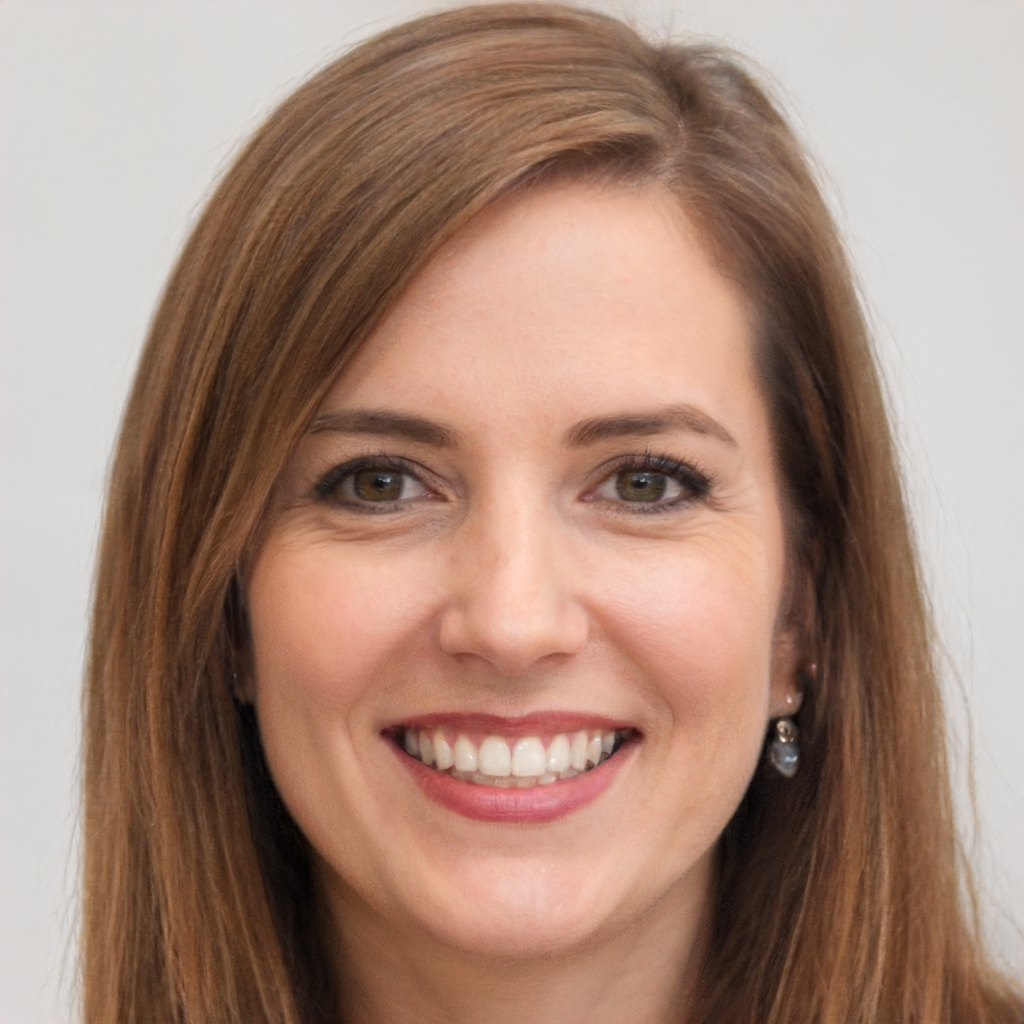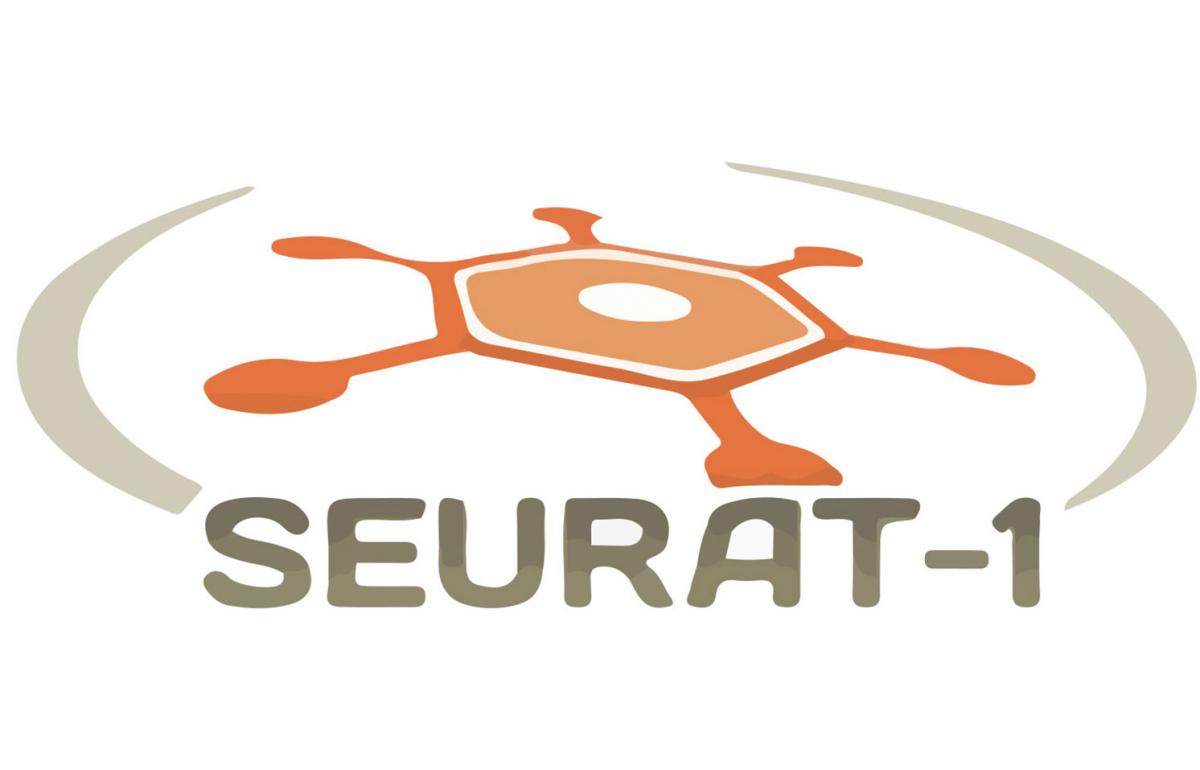In the development of products for use by humans it is vital to identify compounds with toxic properties at an early stage of their development, to avoid spending time and resource on unsuitable and potentially unsafe candidate products. Human pluripotent stem cell lines offer a unique opportunity to develop a wide variety of human cell-based test systems because they may be expanded indefinitely and triggered to differentiate into any cell type. SCR&Tox aims at making use of these two attributes to provide in vitro assays for predicting toxicity of pharmaceutical compounds and cosmetic ingredients. The consortium has been designed to address all issues related with biological and technological resources to meet that goal.
In order to demonstrate the value of pluripotent stem cells for toxicology, the consortium will focus on four complementary aspects: Relevance –i.e. establishing and maintaining discrete cell phenotypes over long-term cultures; providing large versatility to adapt to assays of specific pathways. Efficiency –for i) automated cell production and differentiation, ii) cell engineering for differentiation and selection iii) multi-parametric toxicology using functional genomic, proteomic and bioelectronics. Extension –i.e. i) scalability through production of cells and technologies for industrial-scale assays, and ii) diversity of phenotypes (5 different tissues), and of genotypes (over 30 different donors). Normalization –validation and demonstration of reproducibility and robustness of cell-based assays on industrial-scale platforms, to allow for secondary development in the pharmaceutical and cosmetic industry. SCR&Tox will be intricately associated to other consortia of the “Alternative Testing” call, sharing biological, technological and methodological resources. Proof of concept of the proposed pluripotent stem cell-based assays for toxicology will be provided on the basis of toxicity pathways and test compounds identified by other consortia.
Coordinated by Prof. Marc Peschanski, INSERM (France)

Sara holds the esteemed position of Lead Publisher at SEURAT, overseeing the curation and dissemination of content centered on health and ethical consumer choices. With her rigorous editorial standards and an acute understanding of the health supplement industry, she ensures the delivery of accurate, insightful, and relevant information to the platform’s discerning audience. Her commitment to promoting cruelty-free practices has solidified the website’s reputation as a trusted source for professional and ethical insights in the sector.
